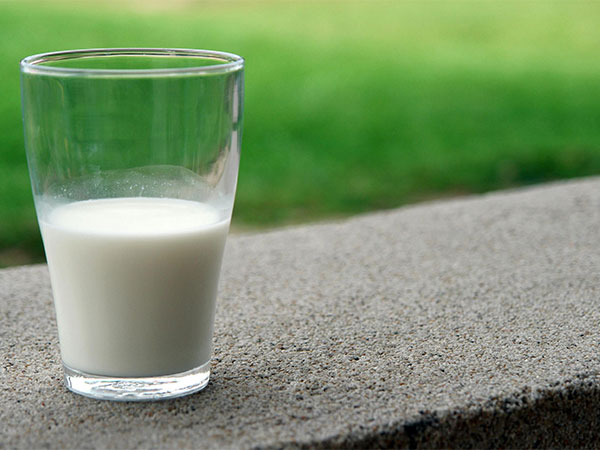Peshawar Sees Significant Dairy Price Hike Amidst National Inflation
The Peshawar district in Pakistan's Khyber Pakhtunkhwa region has significantly increased the prices of dairy products. Milk prices have jumped from PKR 180 to PKR 240 per litre, and yoghurt prices have also seen a steep rise. The hike reflects broader economic challenges, including high inflation and supply chain issues.

- Country:
- Pakistan
The Peshawar district administration in Pakistan's Khyber Pakhtunkhwa has announced a substantial price increase for essential dairy products, as reported by Samaa TV. The price of milk has escalated from PKR 180 to PKR 240 per litre. Similarly, yoghurt prices have surged, with the standard variety now costing PKR 220 per kilogram, up by PKR 30, and higher-quality yoghurt priced at PKR 260 per kilogram, marking a PKR 70 rise.
The lack of enforcement of official pricing has allowed shopkeepers to set their own prices, raising concerns about the district administration's effectiveness. Inflation in food prices has placed considerable economic strain on many households in Pakistan.
According to the Pakistan Bureau of Statistics (PBS), the inflation rate for dairy products has significantly outpaced the general inflation rate in recent years. By 2024, dairy product inflation is reported to be between 20-30 percent, vastly exceeding the overall Consumer Price Index (CPI) inflation.
News outlets like Dawn and The Express Tribune frequently report on the challenges faced by the dairy sector, including rising input costs and supply chain disruptions, which have driven up prices. The depreciation of the PKR has further aggravated the situation by increasing the cost of imported goods, thereby elevating domestic food prices.
The soaring cost of food has become a critical issue in Pakistan, affecting daily life and leading to widespread public dissatisfaction. This discontent has sparked numerous protests across the country, with citizens demanding government intervention and more effective measures to control prices. The ongoing food price crisis, driven by economic instability, inflation, and supply chain issues, has severely impacted low- and middle-income families.
Pakistan continues to grapple with severe economic challenges, with significant rises in poverty and food prices worsening the situation. According to the World Bank, poverty rates in the country have climbed, driven by a combination of inflation, economic mismanagement, and external debt pressures (World Bank, 2023).
Food prices have surged due to supply chain disruptions, adverse weather conditions affecting agricultural output, and fluctuating global commodity prices. In early 2024, the Pakistan Bureau of Statistics reported that the Consumer Price Index (CPI) for food items had risen sharply, placing an additional burden on low-income households.
This inflationary pressure has eroded purchasing power, pushing many families deeper into poverty and increasing their vulnerability to food insecurity. (ANI)
(With inputs from agencies.)
ALSO READ
IFC Invests $35 Million in Pakistan’s First Sustainable Aviation Fuel Facility
Pakistan's jailed former PM Imran Khan threatens civil disobedience movement
Advanced sensors installed to monitor potential infiltration hotspots along India-Pakistan border: BSF chief
Pakistan: Oil traders in Turbat protest profiling amid trade token issuance
Pakistan: Sindh United Party warns of eco devastation as protestors reject 6 new canals










